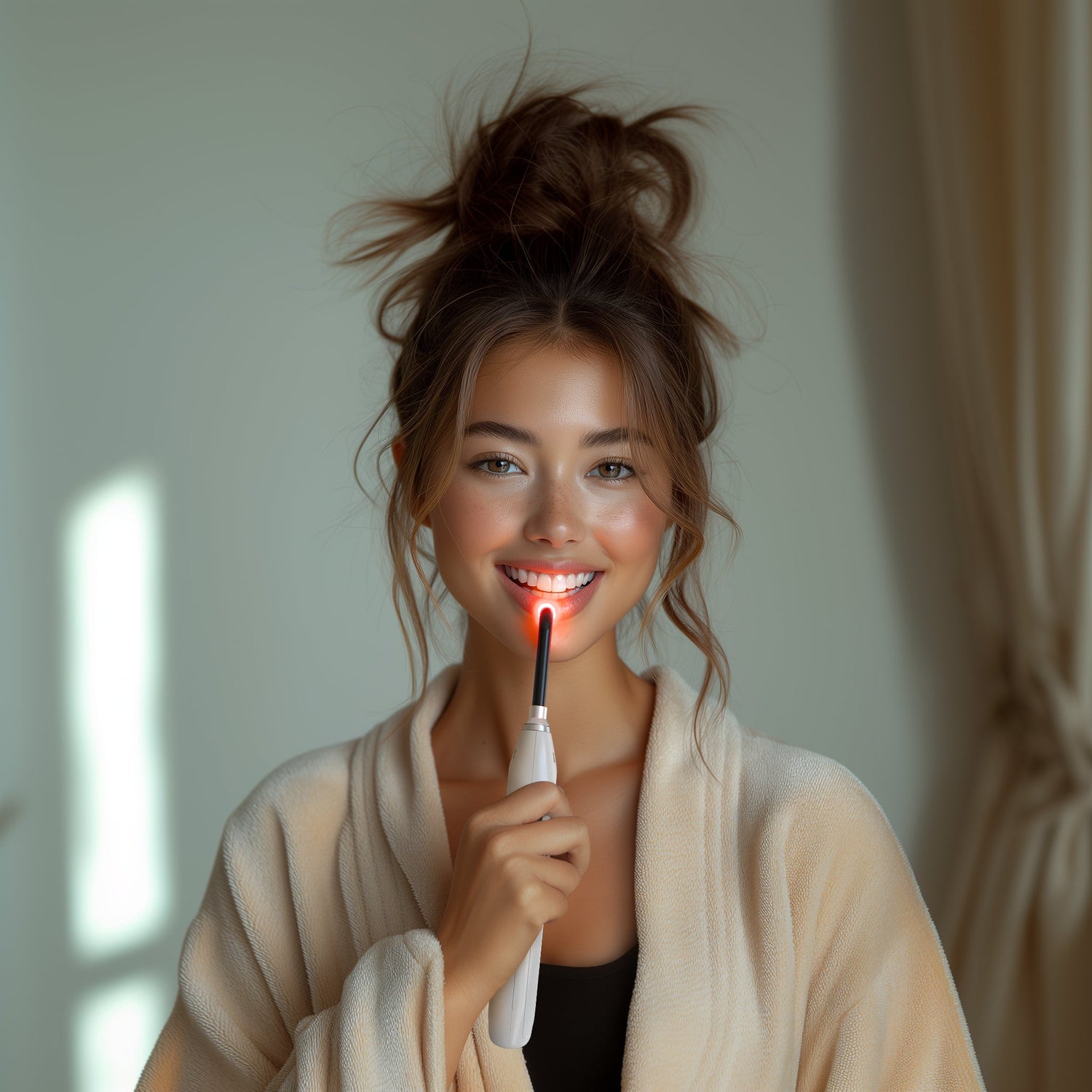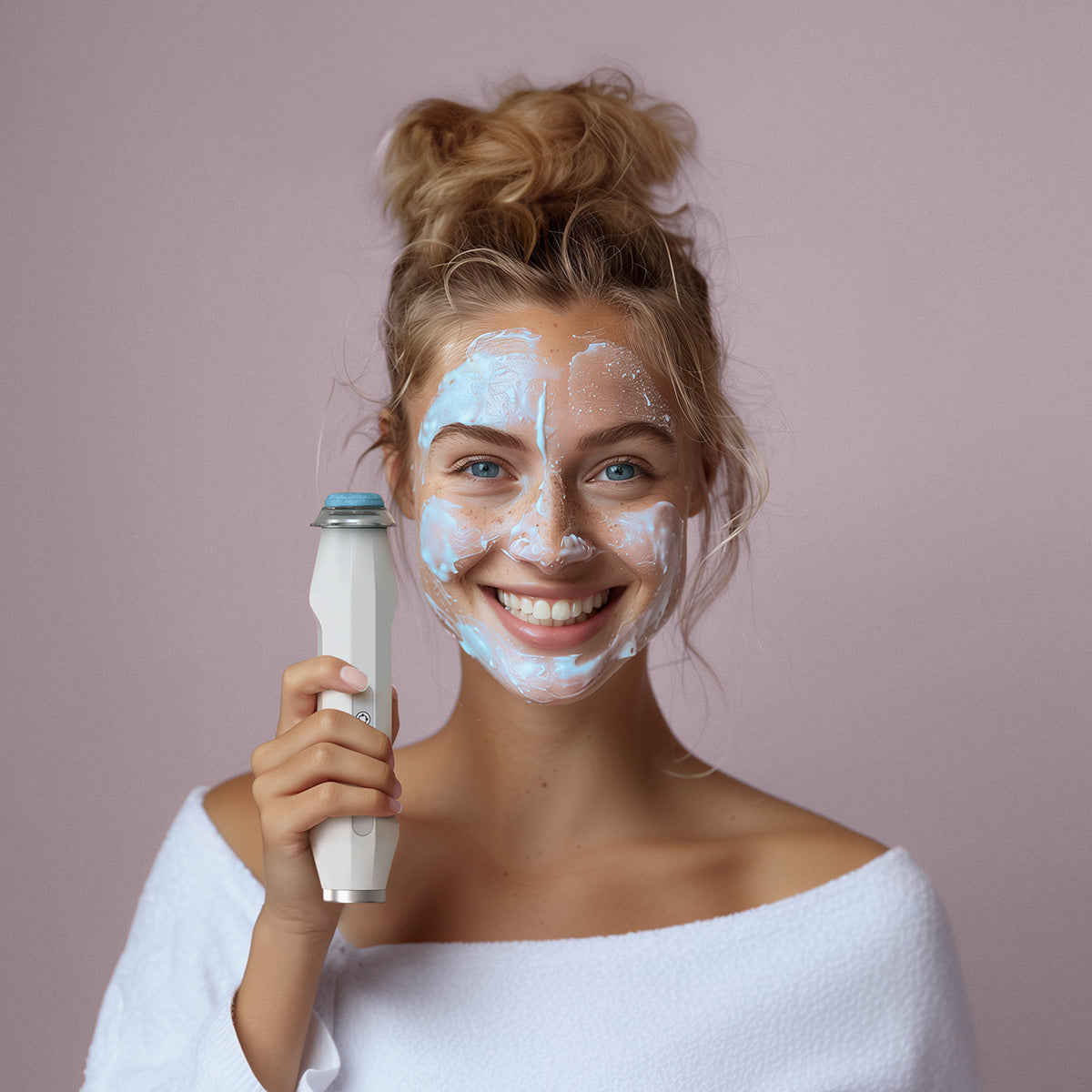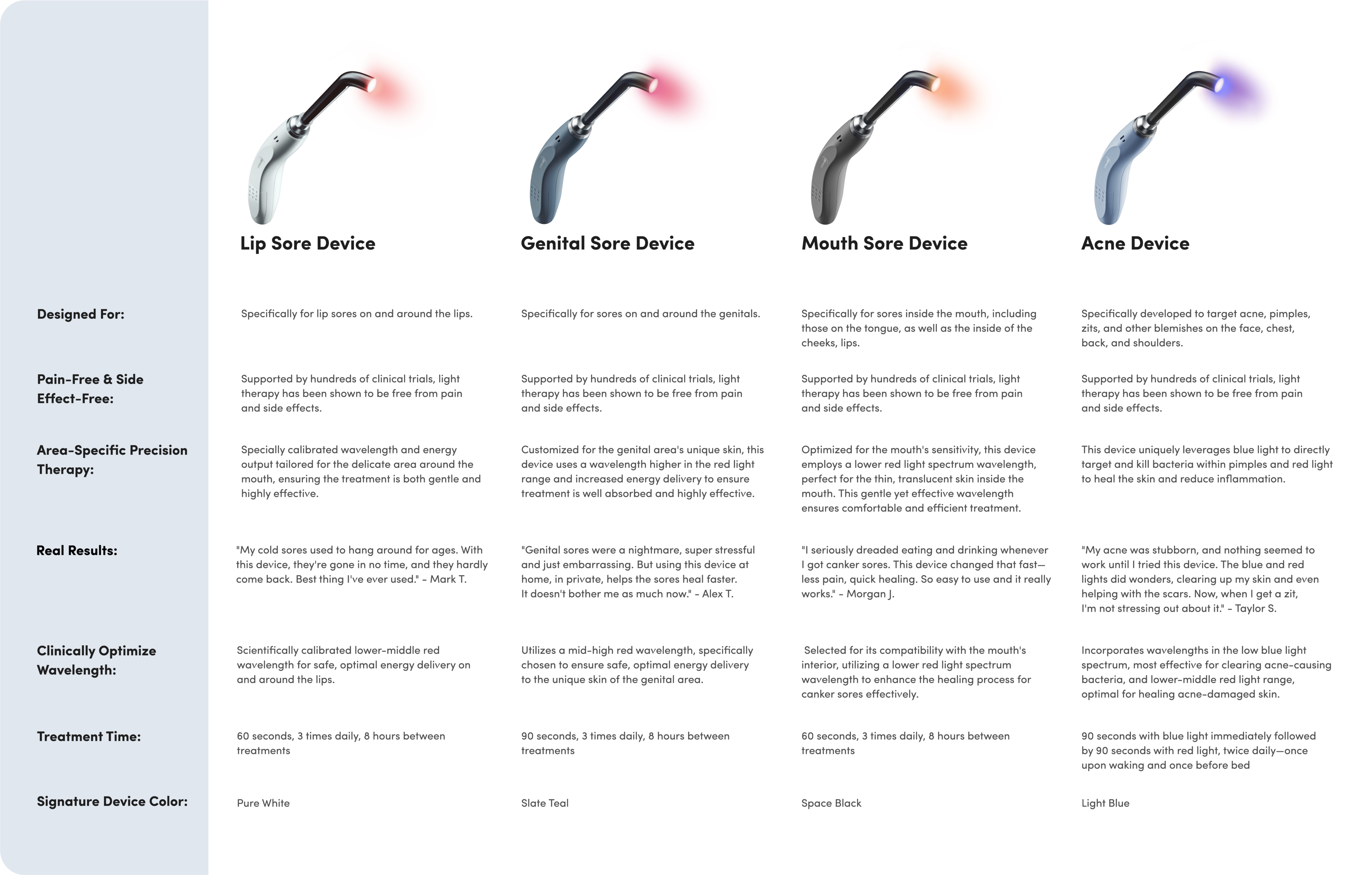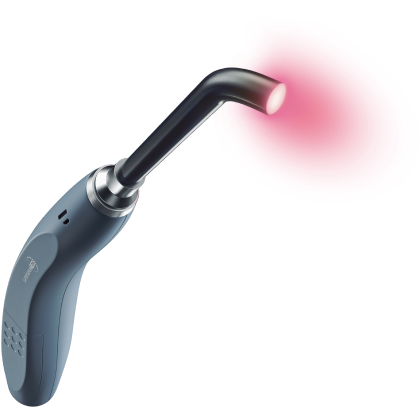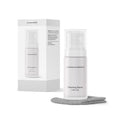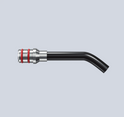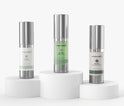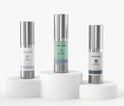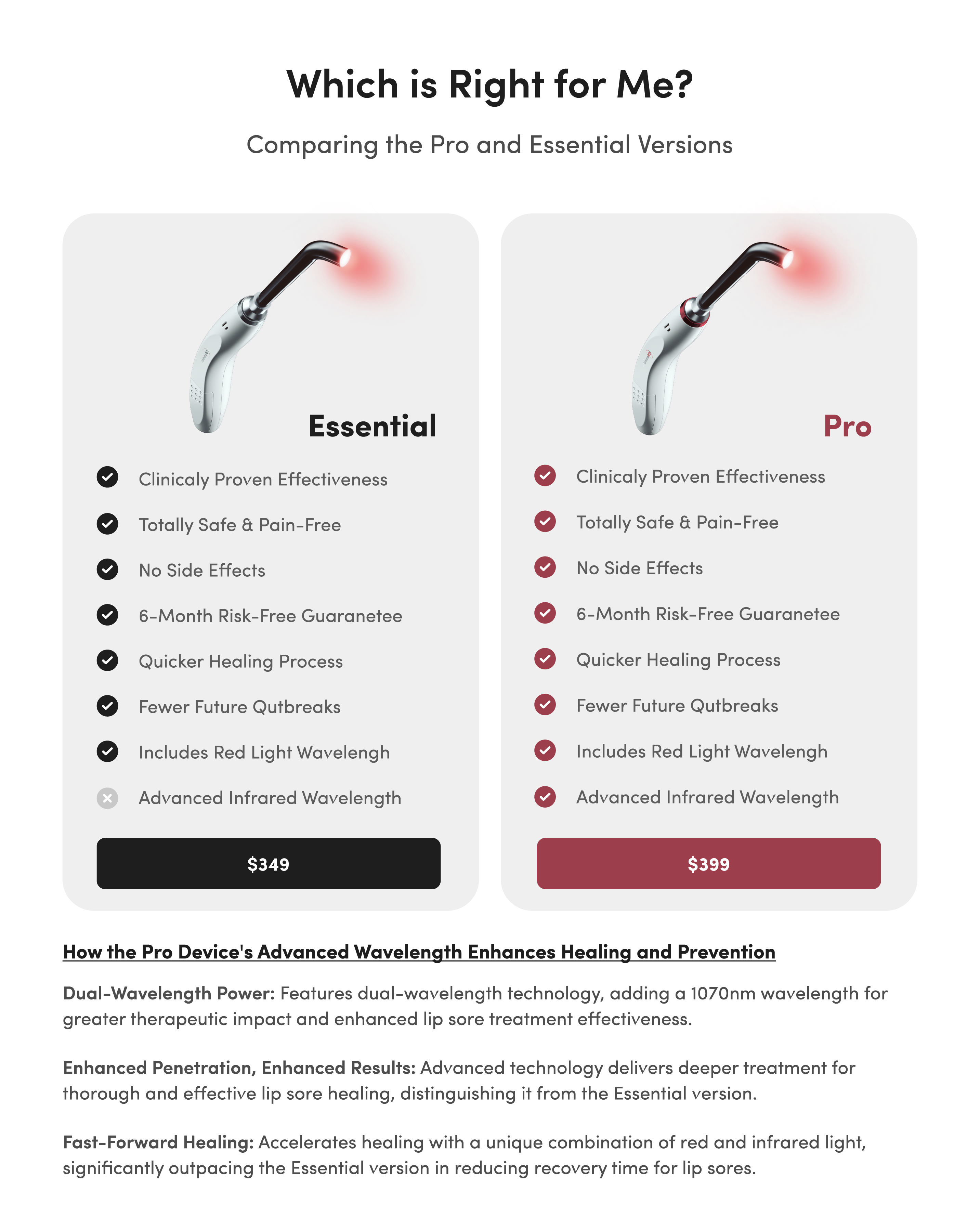Fungal Acne vs. Closed Comedones: What’s the Difference?
When you’re in the middle of a severe acne breakout, you might not care what caused it. All you want is to get rid of it!
But getting rid of acne means knowing its source, because not all types of acne respond to the same treatments. It’s important to know if you have fungal acne vs. closed comedones, for example, because most common acne treatments can’t do anything to help fungal acne.
Identifying the source of your breakout can make all the difference in choosing the best treatment and achieving clear skin. With that in mind, we’ll discuss fungal acne vs. closed comedones, what causes each condition, and how to get rid of them.
Common Types of Acne
Acne includes a variety of blemish types:
- Comedones — small open (blackheads) or closed (whiteheads) pores clogged with oil and dead skin
- Papules — small, hard red bumps
- Pustules — bumps containing pus or a “head”
- Nodules — large, hard lumps deep under the skin
- Cysts — large, pus-filled lumps deep under the skin
Comedonal acne is most common, followed by papular-pustular acne, then cystic acne. Fungal acne, which isn’t really acne at all, may be difficult to distinguish from the more common forms of acne.
What Is Fungal Acne?
When comparing fungal acne vs. closed comedones, you might not see much of a difference. They can appear and feel almost identical. The key difference isn’t in the appearance, but in the source.
Fungal acne is actually a type of folliculitis called Pityrosporum folliculitis. “Folliculitis” means “inflammation of the hair follicles,” which is what gives this condition its acne-like appearance.
Each tiny hair on your face, no matter how small, grows from an individual hair follicle. When a hair follicle becomes infected, a small bump develops. In fungal acne, infection occurs when a naturally occurring yeast on your skin, called Malassezia yeast, proliferates abnormally.
These tiny papules or pustules look a lot like a miniature acne breakout. However, while comedonal acne can have various kinds and sizes of blemishes, fungal acne tends to appear uniform. Other common symptoms of fungal acne include redness, itching, and sometimes a stinging sensation.
You can develop fungal acne anywhere you have hair, though it’s most common on the upper body, scalp, and face. Because fungal acne has a different cause than comedonal acne, it won’t respond to typical acne remedies.
What Is Comedonal Acne?
Comedonal acne can look just like fungal acne. It forms as small, closed bumps or papules, and while they can form all over your face, the most common areas are the chin and forehead. Collectively, they are called comedones, and individually, a blemish is referred to as a comedo.
Types of Comedones
Comedones are often the same color as your skin, but they can also be either white or black. White comedones are called whiteheads — tiny white bumps filled with dead skin cells and oil that are completely closed off and difficult to get rid of. These closed comedones are the ones that most closely resemble fungal acne.
Dark-colored comedones are called blackheads. They’re similar to whiteheads, but instead of being closed off, they remain open at the surface. Many people think these comedones are black because they fill with dirt or dust, but the dark color actually comes from oxidation. The contents are exactly the same as in a whitehead. Blackheads can occur anywhere on your face, as well as on your back and shoulders.
These bumps can be either microcomedones or macrocomedones. Microcomedones are so small, you can’t even see them with the naked eye. Comedones that are two to three millimeters in diameter or larger are considered macrocomedones.
If your skin has excessive sun damage, you may experience solar comedones. These are usually only found on older people because it takes a great deal of sun exposure for them to form. They look like tiny, discolored spots on the skin. They rarely become inflamed and, like fungal acne, aren’t related to typical acne at all.
The last type of comedones is a giant comedo. This type occurs as one large open spot on the skin that looks like a giant blackhead. It’s actually a cyst that a dermatologist can usually remove quite easily.

Treatment Options for Fungal Acne vs. Closed Comedones
Once you determine what type of breakout you’re dealing with, you can move on to treatment. While treatment options for some types of acne are more straightforward, things get a little more complicated when dealing with fungal acne vs. closed comedones.
How to Treat Fungal Acne
Fungal acne is more likely to form if you spend time in wet or humid conditions. Hot, wet skin is a breeding ground for fungal acne. If you work out frequently, play sports, or live somewhere with extreme heat and humidity throughout the year, you might need to take some steps to minimize your risk of developing fungal acne.
If possible, try limiting the length of time you sweat profusely. This might mean shorter workouts or alternative types of exercise. Wear loose-fitting clothing made from breathable fabric, like cotton, and keep your skin from chafing against itself or any equipment during workouts.
After exercising, shower and change into dry clothes as soon as possible. A cool or cold shower can help reduce post-workout sweating. Since fungal acne is actually a yeast infection, you may need to see your doctor for prescription antifungal pills or topical anti-fungal treatments. Be sure to apply any ointments or cream in the same direction your hair grows.
While you’re waiting for your fungal acne to clear up, resist scratching at the bumps. This can spread the infection, making it harder to treat.
How to Treat Comedonal Acne
Comedonal acne can be very tricky to treat. It can take several weeks to a few months for treatment methods to start working, making this type of breakout frustrating.
The first course of action is to adopt a healthier lifestyle. Reduce sugar, dairy, and unhealthy fats in your diet, and if you smoke, stop smoking. Be sure to wash your face twice daily, but no more.
Next, try an over-the-counter topical treatment with one of these proven active ingredients:
- Salicylic acid
- Glycolic acid
- Azelaic acid
- Benzoyl peroxide
- Retinoids
Also, opt for oil-free, non-comedogenic moisturizers and cosmetics.
If over-the-counter solutions don’t cut it, a prescription-strength medication might help. These may include antibiotics, a prescription-strength retinoid, or hormone therapy. Dermatologists also offer options like microdermabrasion, electrosurgery, and cryotherapy, which freezes the skin’s surface to remove comedones.
Light therapy with red and blue wavelengths is a more recent but clinically proven method for fighting acne. Blue light kills acne-causing bacteria on the skin, and red light soothes inflammation and encourages healing.
When to See a Doctor
If you’re still confused about fungal acne vs. closed comedones, we recommend seeing a dermatologist. A trained professional can determine exactly what you’re dealing with and facilitate the treatment process.
An important final note: If you have any skin condition that’s accompanied by a fever, flu-like symptoms, or significant pain, contact your doctor as soon as possible. These symptoms may indicate a more serious condition that needs immediate treatment.


